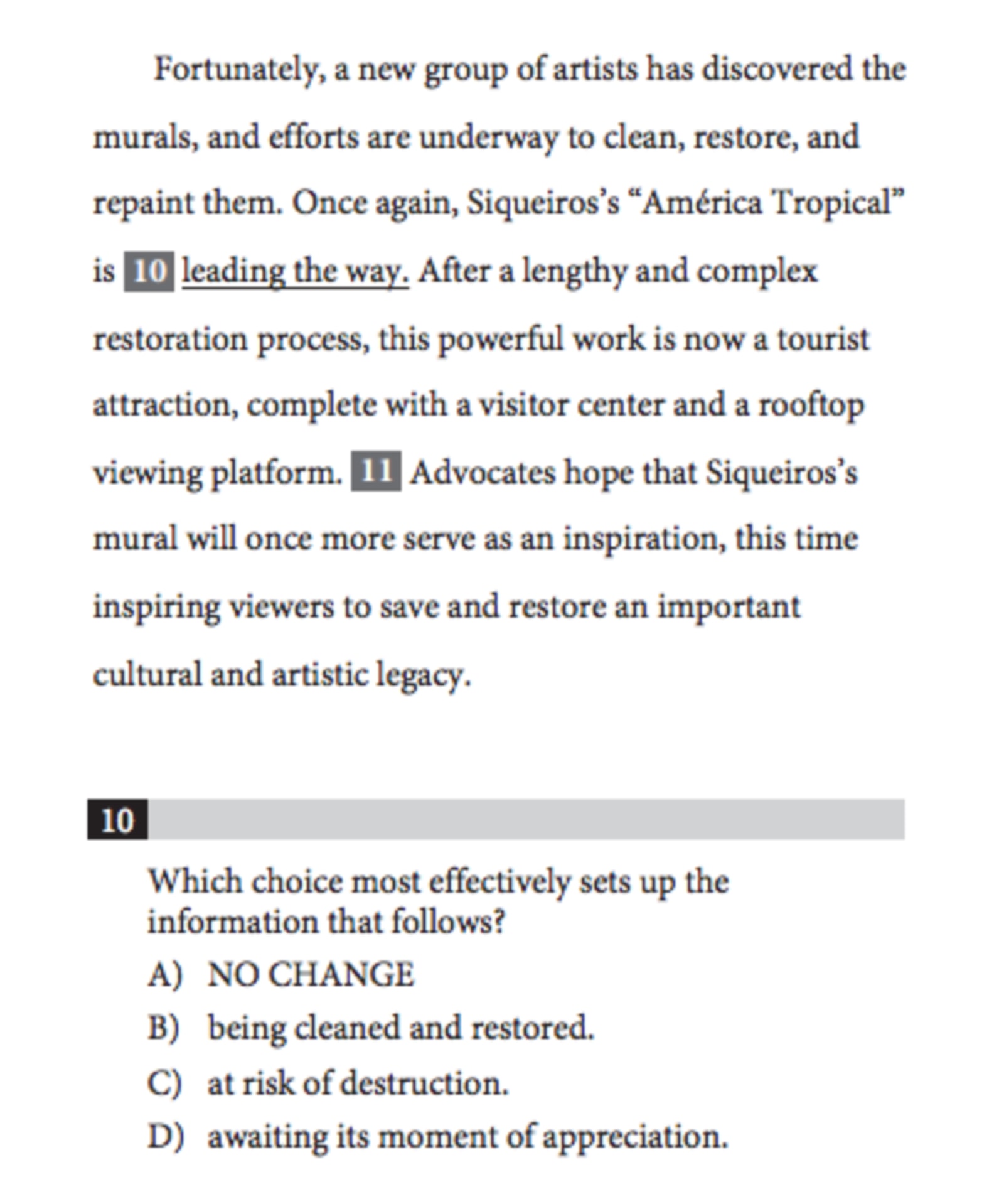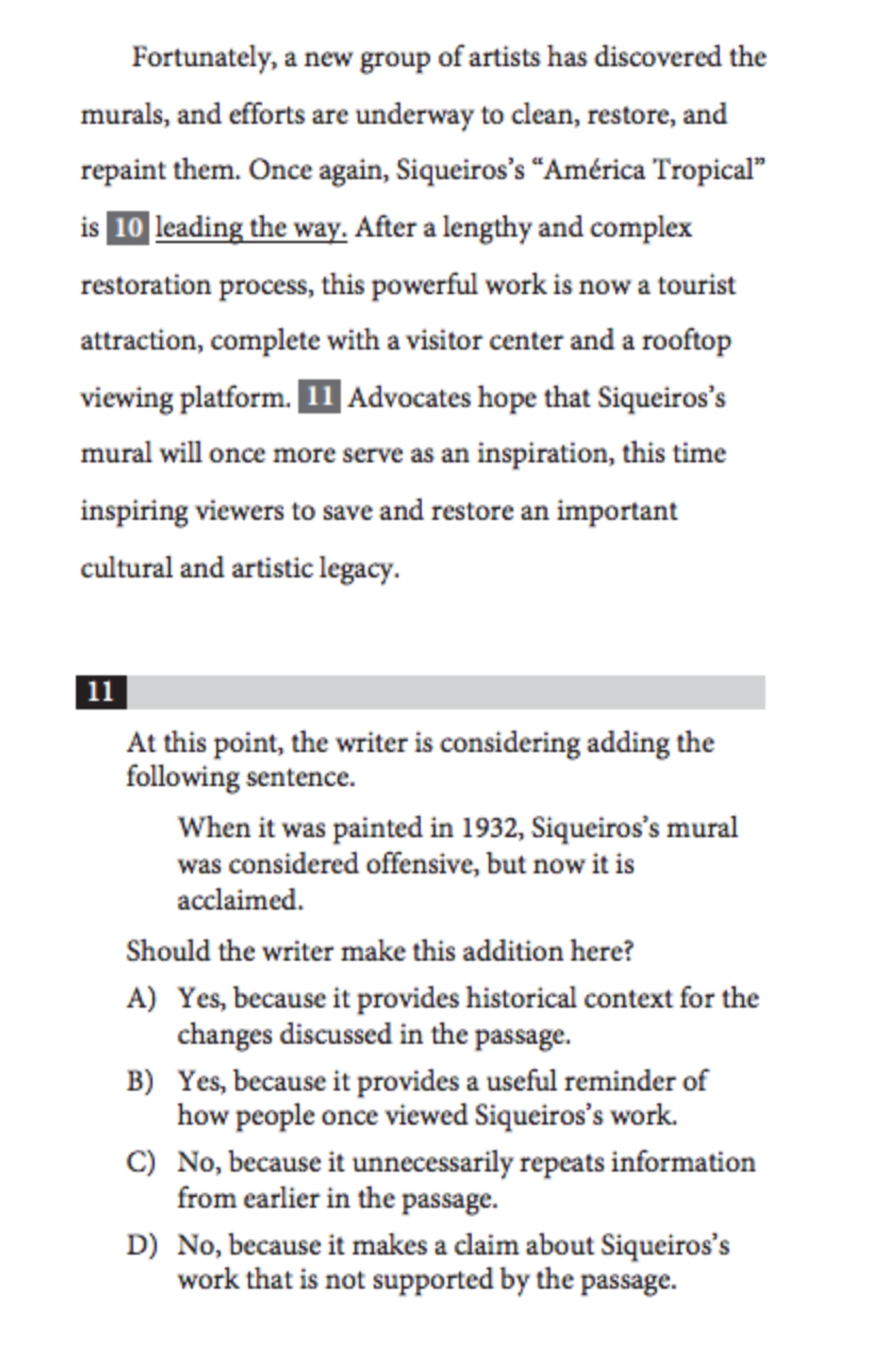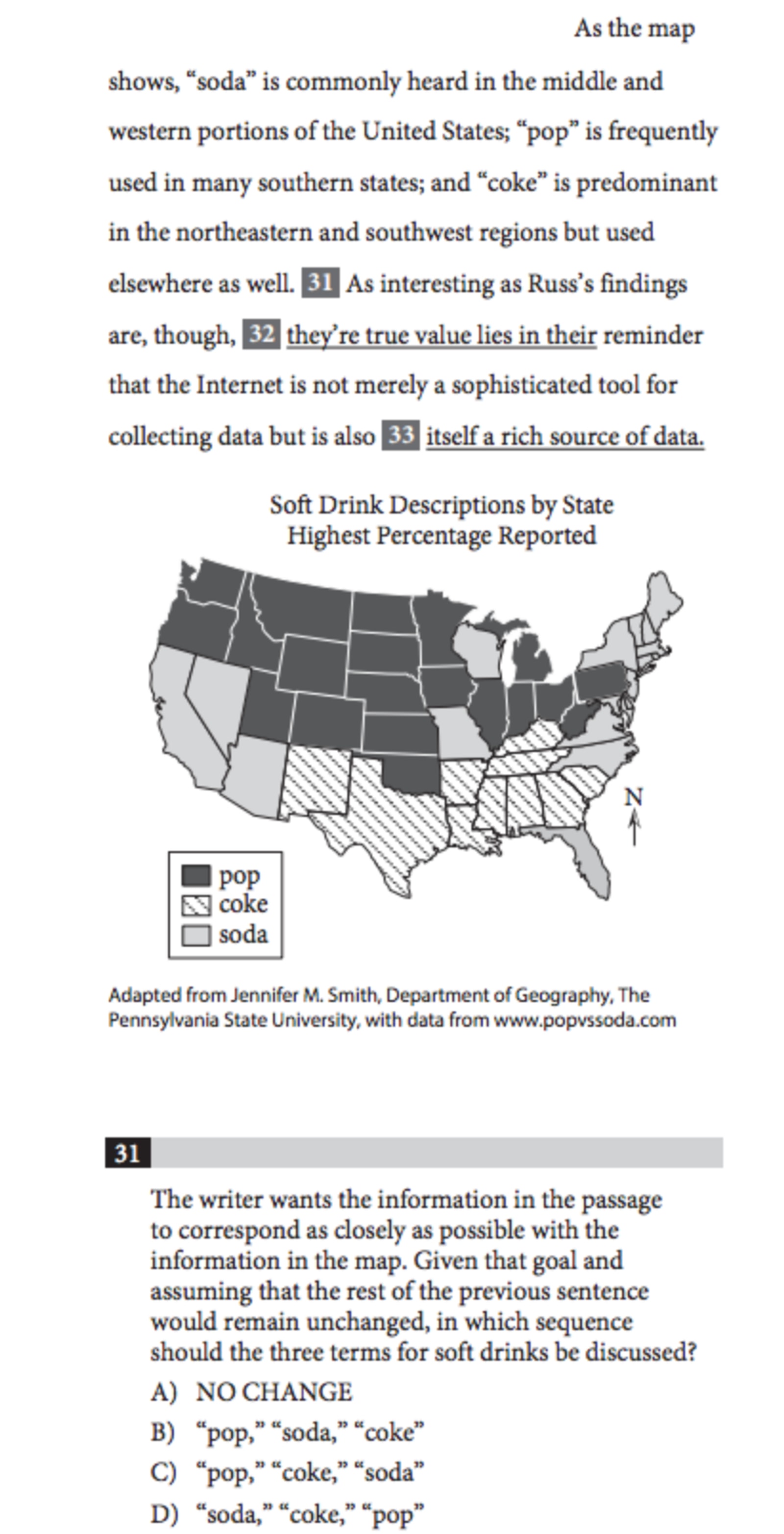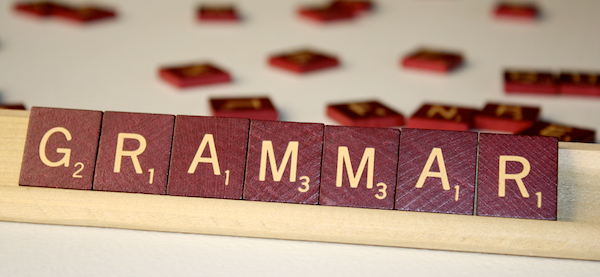Command of Evidence: 3 Key SAT Writing Strategies
Author
Hartwell
Date Published

Questions related to the Command of Evidence subscore on the SAT can be found in both the Reading and Writing sections. This article, however, will specifically target Command of Evidence questions in the Writing section, including illustrations from practice tests, detailed answer explanations, and test-taking strategies tailored for these questions. If you’re interested in a thorough exploration of Command of Evidence questions in the Reading section, please refer to a separate article dedicated to that topic.
What Are Command of Evidence Questions and What Do They Assess
Command of Evidence is one of the newer subscores introduced in the SAT. Across the test’s Reading and Writing sections, there are 18 Command of Evidence questions, with eight of them appearing in the Writing section. Your raw score out of these 18 questions is then converted into a final subscore out of 15.
In the Writing section, Command of Evidence questions test your ability to enhance how passages develop information and ideas. This may include selecting an answer choice that reinforces an argumentative claim or adds a pertinent supporting detail. Specifically, there are three main types of Command of Evidence questions in the Writing section (note: these category names are my own and not official terms used by the College Board):
Type 1: Setting the Stage – Choose the most effective piece of evidence to establish the foundation for information that the author expands on later in the passage.
Type 2: Logical Additions – Decide if a sentence should be added to the passage to strengthen the argument (and explain why or why not), or determine which of four sentences is the most suitable addition.
Type 3: Data Descriptions – identify the best way to rephrase or revise part of the passage, so it aligns accurately with the data presented.
Examples of Command of Evidence Questions in the Writing Section
In the following section, I’ll guide you through sample questions for each of these three categories, along with explanations to help you understand how to approach them effectively on the SAT.
Type 1: Setting the Stage question
In this type of question, you are tasked with selecting the option that best introduces the information in the passage:

The goal is to determine if the original phrasing, “leading the way,” appropriately connects the paragraph’s content, or if one of the three alternative phrases would provide greater clarity.
Choice B: “being cleaned and restored” doesn’t work as it focuses more on events mentioned earlier in the passage rather than connecting effectively to the new content that follows. Additionally, it is redundant since the author has already discussed the restoration and cleaning of murals, which presumably includes “America Tropical.”
Choice C: “at risk of destruction” is incorrect because the paragraph doesn’t address any threats to the mural. Instead, the focus of the paragraph is its emergence as a tourist attraction, making this option irrelevant.
Choice D: “awaiting its moment of appreciation” seems like a plausible answer on the surface, but it’s still inaccurate. The mural is not depicted as merely waiting for recognition; it is already being celebrated as a key tourist destination and symbol of cultural preservation.
The only option that aligns logically with the content of the paragraph is Choice A, NO CHANGE. The paragraph substantiates the claim that the mural is “leading the way” by highlighting its significance as the first restored mural to gain prominence as a tourist attraction and catalyst for cultural preservation efforts.
Final Answer: A
Type 2: Logical Additions questions
You must either decide if the author should include a proposed sentence to strengthen their argument or select the best sentence from provided choices that makes the most sense in the passage. Below are two examples based on the different formats you might encounter with this type of question.
Example 1: Should the Sentence Be Added

Let’s revisit the earlier passage for this scenario. The question asks you to evaluate whether a suggested sentence should be included in the paragraph to reinforce the main point.
Start by reading the passage carefully, including the suggested sentence, to determine if its inclusion strengthens or disrupts the flow of the paragraph. After doing this, it becomes clear that the additional sentence feels like an awkward interruption that detracts from the paragraph’s main idea. Furthermore, the information in the sentence is repetitive because we already know the mural is regarded as a "powerful work."
By recognizing this, we can narrow down our options to the two “No” answers: Choice C and Choice D.
Now, let’s analyze these two options further:
Does the sentence repeat information already found in the passage? Yes, it does. This makes Choice C a viable option.
For Choice D, it’s incorrect because it claims the sentence is unsupported by the passage. However, if the sentence is repetitive, that means the passage already includes the same information, and therefore, the claim cannot be unsupported.
Thus, the correct choice here is C, as it clearly identifies that the sentence should not be included due to redundancy.
Final Answer: C
Example 2: Select the Best Sentence to Add

Now let’s tackle the second format, where you must select the best sentence out of four options to insert into the passage. Here, the question requires choosing the sentence that best supports the author’s claim that there’s nothing inherently wrong with consuming nonorganic food.
Let’s analyze each option:
Choice A: This sentence focuses on organic food being more tightly regulated, implying it could be safer for consumers. This would serve as part of a counterargument rather than reinforcing the author’s claim, so eliminate A.
Choice B: This sentence also works against the author’s point. It emphasizes organic food’s regulation to eliminate artificial ingredients, which strengthens arguments in favor of organic food. Eliminate B.
Choice C: This option directly supports the author’s claim. It explains that any minor risks associated with ingesting pesticides in nonorganic food can easily be resolved by washing or peeling the produce. This reinforces the author’s position and aligns with the main argument of the paragraph. Keep C.
Choice D: This sentence discusses the widespread use of pesticides, which contrasts the author’s goal of minimizing concerns about pesticides in nonorganic food. It doesn’t support the claim and must be ruled out.
The best sentence in this case is Choice C, as it strengthens the author’s claim while staying relevant to the paragraph’s purpose.
Final Answer: C
Key Takeaways for Logical Additions:
When evaluating a suggested sentence, make sure it isn’t redundant, irrelevant, or disruptive to the flow of information in the passage.
When selecting the best sentence, focus on alignment with the author’s argument, eliminating any choices that contradict, distract, or introduce unnecessary counterarguments.
Type 3: Data Descriptions Example

The third type of Command of Evidence question on the Writing section involves analyzing and ensuring that data presented in the passage aligns correctly with the visual or statistical information provided (e.g., charts, graphs, or maps). Here’s an example and explanation:
This question requires you to carefully compare the information in the passage with a provided map. It may seem straightforward, but it’s easy to make errors if you rush or misread the data. I initially misinterpreted the passage when reviewing this question! This type of question often leads to careless mistakes, so attention to detail is crucial.
Now, let’s evaluate the choices:
In the original version of the passage, the descriptions of regional word usage do not match the data on the map. The passage claims that “soda” is the most common term used in the middle and western regions of the United States. However, the map clearly indicates that “pop” is the dominant term in those areas. For the descriptions to be accurate, the first term in the passage must be corrected to “pop.” Therefore, Choices A and D (which don’t start with “pop”) can both be eliminated immediately.
Next, let’s check the details further. The passage continues to assert that “pop” is most common in southern states—this is incorrect. Based on the map, “coke” is the most frequently used term in the South. This observation eliminates Choice B, as it fails to replace “pop” in the southern region.
The only option that starts with “pop” (correcting the first term) and lists “coke” as the dominant term in the South is Choice C. This choice accurately aligns the textual information with the data on the map.
Final Answer: C
Key Strategy for Data Description Questions:
Carefully cross-check textual descriptions with visual or numerical data. Pay close attention to specific regions, categories, or trends highlighted in the data to ensure every claim in the passage is accurate.
Eliminate choices that contradict the provided data. Even small errors in alignment or interpretation can disqualify an answer.
Slow down! These questions are designed to catch careless mistakes, so take the time to read chart data, labels, and passage text closely for inconsistencies.
Tips for Answering Command of Evidence Questions on SAT Writing
When tackling Command of Evidence questions on the SAT Writing section, being methodical and detail-oriented is key. Below are some essential tips to help you confidently approach these question types.
Tip 1: Plug in the Answer
If the question provides several answer choices for a phrase or sentence to be inserted, make sure you read one or two sentences before the insertion point to understand the paragraph’s flow. Then, insert each answer choice into the paragraph and continue reading a few sentences after the insertion point to assess whether the chosen option fits cohesively with the passage.
It’s important to remember that Command of Evidence questions are not standalone; they depend on the context of the passage. Reading the surrounding text ensures you identify the option that maintains or enhances the logical progression of information.
Tip 2: Find Direct Support
The purpose of Command of Evidence questions is to assess your ability to choose options that are directly supported by information in the passage (or in charts and graphs). After selecting an answer, look for specific evidence in the passage or visual aids that justifies your choice.
By finding explicit support for your answer, you’ll avoid making assumptions or misinterpreting the text. This also reduces the risk of falling into traps set by irrelevant or tangential answer options.
Tip 3: Read Carefully
Attention to detail is crucial in the Writing section, so take your time to read closely and double-check that your answer works within the context of the passage as a whole. Pay attention to the tone, style, and purpose of the text—your answer should align with all of these elements.
For questions like those in the Logical Additions category, you may need to revisit earlier parts of the passage to verify whether information has already been mentioned or implied. Carefully analyze whether adding or omitting text improves the passage’s clarity and coherence.
For Data Descriptions questions, take extra care to fully understand any charts, graphs, or maps provided. SAT data representations can sometimes be more nuanced than they appear, so ensure your answer precisely matches the information in the visuals before making your final selection.

Conclusion
Command of Evidence questions, which appear in both the Reading and Writing sections of the SAT, are designed to test your ability to work with evidence effectively and ensure logical, clear communication.
The Command of Evidence questions in the Writing section fall into three main categories:
Setting the Stage: Choosing the best phrase to set up or introduce information in a way that maintains logical flow.
Logical Additions: Deciding whether to add a sentence to strengthen an argument or selecting the best sentence to include.
Data Descriptions: Ensuring textual references align with the data provided in visual aids such as charts, graphs, or maps.
To excel on these questions, remember these strategies:
Plug in the Answer: Test each answer choice by inserting it into the paragraph and evaluating its fit.
Find Direct Support: Rely on evidence from the passage or data to validate your answer.
Read Carefully: Pay attention to context, tone, logic, and details to avoid careless mistakes.
By honing your reading comprehension, working with context, and practicing attention to detail, you’ll improve your performance on this subscore category. With practice, you can confidently navigate any Command of Evidence question the SAT throws at you!
Related Posts

Unlock your potential with proven strategies for tackling SAT reading passages, enhancing comprehension, and improving your test scores!

Master the Digital SAT with our comprehensive guide to grammar rules, ensuring you ace the verbal section with confidence.